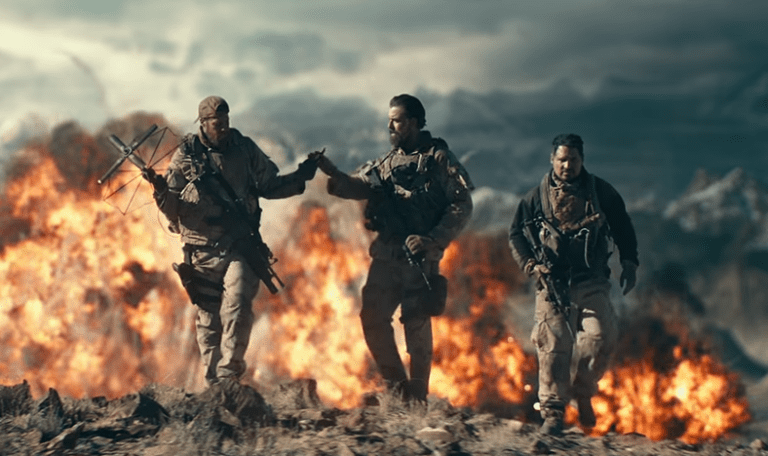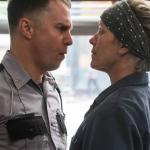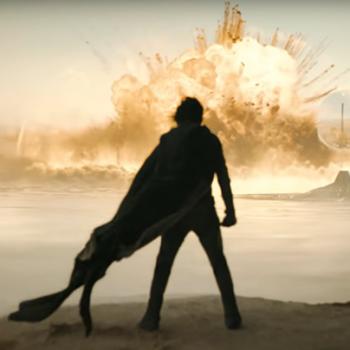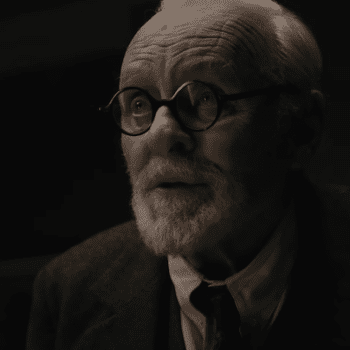
On Jan. 19, the war drama 12 Strong will hit theaters and hit ’em hard. Produced by action impresario Jerry Bruckheimer, the movie focuses on 12 American special ops soldiers who fight the Taliban in Afghanistan in 2001, as the wreckage of the World Trade Center still smolders.
The movie might not have an Avengers-level budget, but it has an unmistakable Hollywood sheen. It stars Thor himself, Chris Hemsworth, as the heroic Captain Mitch Nelson. Award-winning character actor Michael Shannon plays Nelson’s Chief Warrant Officer, Hal Spencer. And Bruckheimer, the producer behind Armageddon, Con Air and the Pirates of the Caribbean series, isn’t exactly known for hyper-realistic character studies.
But Bruckheimer was also behind the brutally realistic and well-received Black Hawk Down, and like that movie, 12 Strong is based on real events. Indeed, the story unpacked here is based on an incredible real-life mission only just recently declassified.
“While the American public was still in shock, these men ventured into the unknown, into a situation fraught with danger, to try and settle the score and bring us a victory,” Bruckheimer says in the movie’s production notes. “The operation was classified for a number of years—most people have never even heard of the story—but these men are true heroes.”
I had a chance to talk with a couple of these heroes: Mark Nutsch inspired the character of Capt. Mitch Nelson. Bob Pennington is the real-life version of Hal Spencer. They suggest that while the movie may take some liberties with the mission’s details (as movies are wont to do), 12 Strong captures the mission’s essence, “depicting what a special forces team is all about,” according to Pennington.
While the movie suggests that Mitchell was a bit of a battleground novice, In reality, it wasn’t the first time that the soldiers behind 12 Strong had been in the region. “We operated pretty much in the Middle East and North Africa,” Pennington says, and the team had extensive experience in what he calls the “stans:” Indeed, the team had done a four-month tour of Uzbekistan the year before, which helped them when they went to Afghanistan.
But obviously, the situation in 2001 posed some special challenges.
Afghanistan has long been known as a “graveyard of empires,” and the situation on the ground in 2001 was particularly chaotic. While the extremist Taliban nominally ruled the country, much of the country was essentially lawless, with warlords vying for control. And while many of those Afghan rebels despised the Taliban, few had little love for each other, either.
In the movie, Nelson and his men must link up with General Abdul Rashid Dostum and his small band of fighters—a partnership as much diplomatic as military, according to 12 Strong’s director Nicolai Fuglsig. Mitchell needs to earn Dostum’s trust and form a partnership with the warlord—not an easy bridge to build. And even if Mitchell’s team can forge a working relationship, the odds are still stacked against them.
The scenario was mirrored in real life.
“They were the tip of the spear, the first American soldiers on the ground in Afghanistan,” Fuglsig says in the production notes. “When they arrived, they found themselves outnumbered 5,000 to 1 by the enemy and were constantly at risk of getting captured because of the huge bounty the Taliban had placed on their heads.”
And while the soldiers could bring significant American air power to the party, the situation on the ground was much different. The Taliban were equipped with tanks and rockets and armored personnel carriers. The best Dostum could offer were horses. And just like the movie, few Americans had any real experience riding the animals. Nutsch was the only man who could be called an expert rider. The extent of Pennington’s experience with horses was relegated to a couple of tame rides as a child.
“I p–sed those horses off so bad,” Pennington recalls. “The horse was [always] rearing back, trying to bite me.”
Turns out, though, those horses were a godsend. In a region with plenty of mountains but few roads, the steeds proved to be far more nimble and maneuverable than armored vehicles, which gave Dostum and the Americans certain advantages over their legion of well-armed enemies—advantages that the movie hints at toward the end. “They couldn’t maneuver as well as we could,” Pennington says.
12 Strong felt true to those real experiences in other ways, too. The sense of camaraderie between the soldiers—one that came to resemble a tight-knit family, was spot-on. The rugged terrain in the movie—which was actually filmed in New Mexico—replicates the Afghanistan wilderness they dealt with during their unconventional mission.
And those tender, difficult goodbyes between the soldiers and their families … that felt true, too.
In the movie, Mitch Nelson says goodbye to a wife and a little girl. Mark Nutsch, the captain who inspired the character, actually had two little boys at home, ages 4 and 3, with another—a daughter—on the way. His wife was six months pregnant when he left for Afghanistan.
Nutsch says that the families left behind are often unsung heroes themselves. His own wife was a rock of support, “as are most of the special forces’ wives,” he says. “They carry on, keep things going. Mine was no different.” Nutsch says that the familial bond in the special forces doesn’t stop with the soldiers: It extends to the families as well, and the wives forge a kind of “sisterhood.”
In the movie’s production notes, Bruckheimer echoes that sense of sacrifice. “They had to leave their wives and kids at a moment’s notice, with both they and their families not knowing where they were going or if they’d ever make it back,” he said.
The R-rated 12 Strong is a harsh movie in many respects. But it does give us some brave, sacrificial military heroes—and characters who point to a handful of real-life heroes, too.













